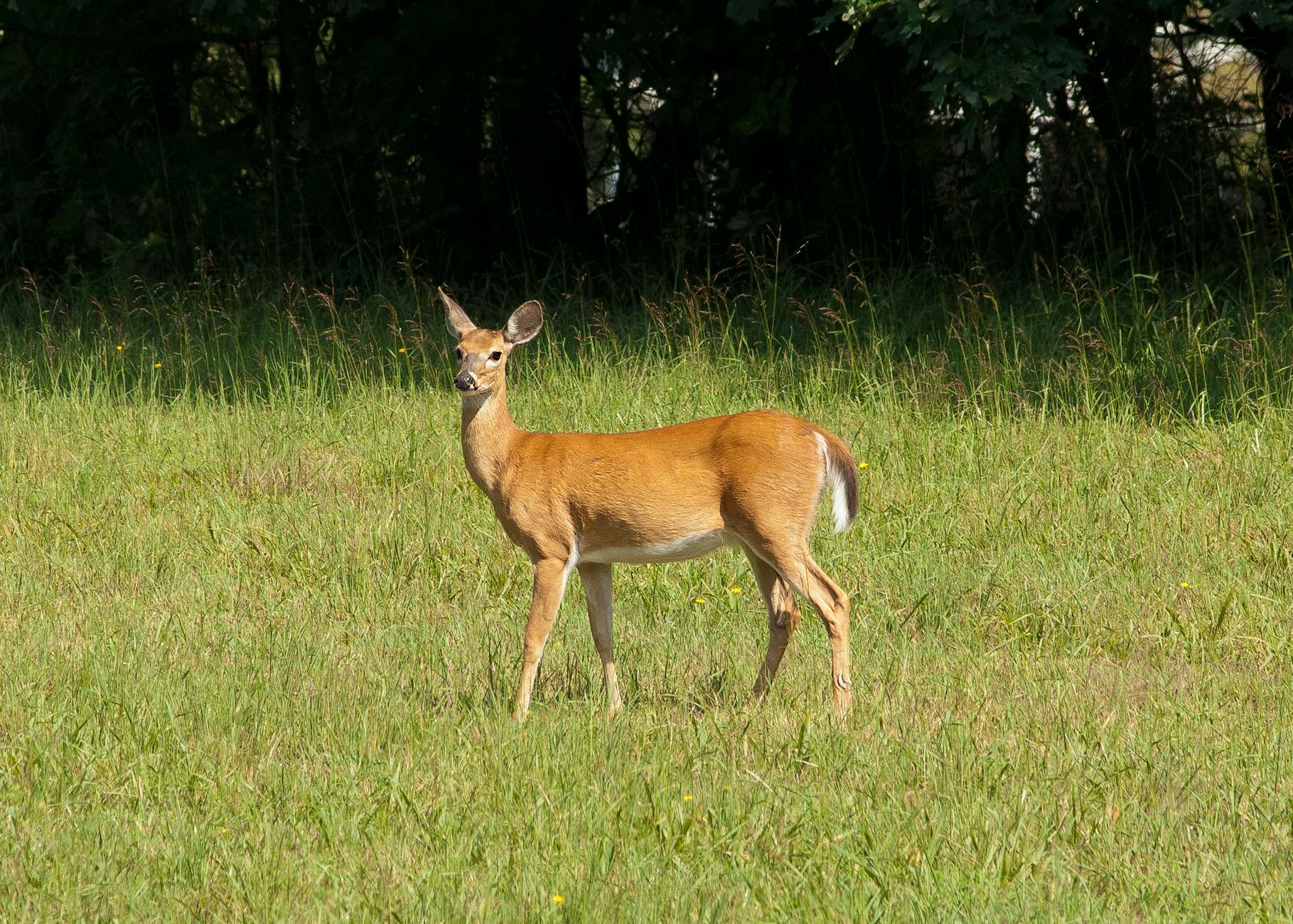Hunting deer is a challenge that combines patience, skill, and knowledge of the natural world. Among the most effective strategies for success is understanding the relationship between a deer’s food sources, bedding areas, and how hunting pressure affects their behavior. By deciphering these patterns, hunters can greatly improve their odds of spotting and harvesting deer.
The Importance of Food Sources
Deer rely heavily on food for survival and will follow predictable patterns to satisfy their dietary needs. During the early hunting season, they gravitate toward agricultural fields, such as soybean, corn, and alfalfa, which provide high-quality nutrition. As the season progresses and crops are harvested, deer shift their focus to acorns, persimmons, or other natural food sources available in forests and woodlands for example broad leaf plants, tree buds and stems and even mushrooms.
Understanding seasonal food preferences can be a game-changer for hunters. By identifying and monitoring these food sources, hunters can pinpoint the specific times and places deer are most likely to appear. Trail cameras are invaluable for tracking activity at food plots and feeding locations. These cameras provide real-time information on when deer are visiting, whether it’s just before sunrise or at dusk.
Pro tip: Pay attention to “edge habitats,” areas where food sources meet cover, like the boundary of a field and forest. Deer feel safer approaching food sources when they have immediate access to nearby escape routes.
Locating Bedding Areas
Equally important to hunting success is understanding where deer rest during the day. Bedding areas provide safety and seclusion for deer, which often choose dense thickets, brushy areas, or ridges that offer elevation advantages and limited visibility for predators. Bedding sites are typically positioned near food sources to reduce travel time and conserve energy.
To locate bedding areas, look for signs like flattened vegetation, rubs on trees, or clusters of tracks. Keep in mind that mature bucks are particularly selective with their bedding locations. They prefer secluded spots that offer multiple escape routes while being downwind of predators or potential threats.
The Effect of Hunting Pressure on Deer Behavior
Hunting pressure can dramatically alter deer behavior. When deer sense human presence through scent, sound, or visual cues, they adjust their movement patterns to reduce the risk of encountering hunters. Under high pressure, deer become nocturnal, visiting food sources and moving between bedding areas exclusively under the cover of darkness.
In heavily hunted areas, deer shift their bedding locations to more remote or inaccessible terrain, like steep ridges or swampy regions. They also abandon familiar travel routes and use less conspicuous paths, making it harder for hunters to predict their movements.
The key to overcoming hunting pressure is adopting a low-impact approach. Avoid over-scouting areas and reduce the disturbance you cause. Hunt strategically by timing your visits to coincide with optimal conditions, including calm weather and minimal competition.
Travel Corridors: Connecting the Dots
The key to bridging food sources and bedding areas is recognizing the travel routes deer use between them. These travel corridors—often characterized by game trails, funnels, or ridges—are prime locations for setting up a stand or blind. Deer are creatures of habit and will often take the same paths repeatedly, especially if they feel safe doing so.
Putting It All Together
Success in hunting deer lies in understanding their rhythms and blending into their environment. By identifying key food sources, locating bedding areas, studying the travel routes that connect them, and adapting to hunting pressure, hunters can gain invaluable insight into deer behavior.
By remaining patient and adaptable to changing conditions, hunting deer can become not only more effective but also a deeply rewarding experience that celebrates the beauty of nature and the hunter’s connection to the wild.
Guy Gardner, New Hill Hunter Education and Mentoring
